What role does textiles play in interior design?
Textile decoration is used not only for home decoration, but also from a practical point of view. The use of textiles is due to its advantages:
- Makes the space "complete"... Without fabrics, the renovation seems incomplete.
- Creates a cozy atmosphere... Surrounded by pillows, blankets and curtains, you feel more comfortable.
- Transforms the room... The same room with different textiles will look completely different.
The photo shows a modern version of the carpet on the wall
The role of textiles in the interior is difficult to overestimate, so if you want to create a harmonious space, be sure to use textile elements.
What types of fabrics are used in the interior?
Any textile design begins with fabrics, which in turn are natural and synthetic.
Cotton
Eco-friendly composition, pleasant texture, durability, ease of care, a huge selection of colors make cotton an ideal option as a textile for any room. Curtains, pillowcases, bed linens are sewn from natural cotton, walls are decorated, furniture is upholstered.
In the photo, the colors of natural cotton
Linen
As a rule, linen fiber textiles have natural shades - beige, gray, light yellow, yellow-green. Linen is used for sewing bedding, decorative pillowcases, tablecloths, curtains.
Take a look examples of the use of linen curtains in the interior.
Wool
An interesting texture has every chance of becoming an accent in the interior. Made from yarn, bedspreads, throws and even pillowcases will complement the bedroom or living room. And natural carpets last much longer than artificial textiles.
Mat
If your goal is to create a texture in textile design, close to cotton or linen, but at the same time choose a more practical fabric, give preference to a matting. Thanks to the strong fibers, the fabric wrinkles less, is easier to clean and lasts longer.
Among the large selection of shades and textures, it is easy to find the right one for the desired interior style... The mat is suitable for any purpose: from upholstery to sewing pillowcases.
In the photo, the texture of the matting
Chenille
Unique fabric: soft and textured at the same time. Chenille is very durable, therefore it is most often used in the manufacture of furniture. Although it is also suitable for curtains or bedspreads.
Jacquard
Durable yet sophisticated fabrics are preferred by fans of classic, palace styles. A jacquard sofa and sophisticated curtains look equally good.
Velvet
In textile design, velvet occupies a separate line: its pleasant fleecy texture combined with deep shades has been used in interior design for a long time.
In a modern apartment, velvet furniture, curtains, pillows add a touch of luxury to the design.
In the photo emerald velvet
Velours
Unlike velvet, velor has a lesser touch of grace, but a wider range of colors, including simple light, complex deep and bright saturated tones. The scope of application is the same: furniture, decor, curtains.
Flock
One of the few options for textiles in the interior, the texture of which is achieved not by weaving, but by means of pile spraying. Thanks to this technology, the flock is not afraid of clues and often used in apartments with pets... Suitable for upholstery, accessories.
Tapestry
Wicker fabric with a beautiful pattern stands out on the list of textiles. Tapestry was popular at the end of the 20th century, but today it is breaking into textile design again as furniture upholstery or fabric for various items (from pillows to bedspreads).
Pictured is a classic tapestry
How is it used in decoration?
Surprisingly, textiles are not just carpets and cushions. In some cases, fabric wallpaper and ceilings are used.
Wallpaper
Want to add a twist to your interior? pay attention to textile wallpaper: fabric walls, of course, will not fit into any interior, but in a suitable setting they look very harmonious.
Due to the high price, such wallpapers are mainly chosen by wealthy people. In addition to cost, fabric wallpaper has other disadvantages - they require great care when gluing, they need special care, they tend to accumulate dust (like any textile).
Stretch textile ceilings
If an ordinary PVC ceiling for some reason does not fit, do not abandon the idea of a stretch ceiling at all: some manufacturers have fabric canvases that are fixed to the ceiling according to the same principle.
Advantages of textile fabrics over PVC:
- Safety... Yes, they are based on synthetic materials, but not as harmful as in the film.
- Strength... Even if a children's ball accidentally flies towards the ceiling, nothing terrible will happen to the coating.
- Air permeability... Textiles do not interfere with air circulation, mold never forms under them.
The only drawback is the price. Like wallpaper, ceilings are more expensive than standard counterparts.
Pictured is a fabric ceiling with a floral print
Application in decorative elements
Finishing is the exception rather than the rule. The main component of textile design is still considered to be decor.
Curtains
Due to the fact that this detail is found in almost every room, including the bathroom, curtains are considered the mainstay of textile interior design.
Application options:
- On the windows... There are many ways to design openings: tulle, curtains, Roman - we will consider them a little later.
- In the bathroom... Oilcloth as a curtain for the bathroom has long been out of fashion - modern designers choose special fabrics with water-repellent impregnations.
- Instead of doors and partitions... To zone a room or close a closet - curtains are appropriate in any quality.
- Classic curtains. Symmetrical or asymmetrical, short or long, dense or lightweight - sliding curtains in homes are most common.
- Roman... Short roll-up curtains with a laconic shape are usually used in kitchens or used on windows for which long curtains do not fit.
- Austrian... Straight hanging fabric with folds along the bottom line. Look best in flying transparent fabrics.
- French... Similar to the previous ones, but folds are made along the entire length.
- Japanese... Will appeal to those who appreciate simple shapes. They do not have folds, they consist of several straight webs. They resemble wide vertical blinds.
- Cafe. Short curtains covering only the lower half of the window. Combines with rustic or ethnic design trends.
- Roll... Another option for a laconic design: the curtain is represented by a straight cut of fabric, which is screwed onto the sleeve using a special device.
Screens
One of the stylish ways to zone the space - partition.First, it can be rearranged or folded. Secondly, the screen can be absolutely any, which simplifies its combination with furniture, curtains, decoration.
Carpets
The easiest way to create coziness is put a carpet on the floor... It can be large or small, with short or long pile, knitted woolen or braided.
Carpet is one of the most demanded materials in textile design. They are used in all rooms:
- Bedroom... It is advisable to use a large size, which will fit the bed, bedside tables and other nearby objects. An alternative is two small paths along each edge.
- Living room... The minimum dimensions are for all upholstered furniture to stand on the carpet with its front legs. Ideal - when the furniture fits completely onto the carpet.
Important! It is undesirable to take up all the free space with a carpet - this technique makes the room visually smaller.
- Kitchen. Floor in the working area it is better not to cover (it is more difficult to care for a carpet than for a smooth covering). But in the dining area, the carpet will be appropriate.
- Children... Children love to play on the floor - the carpet will protect them from hypothermia and shock.
- Bathroom... To avoid getting bare feet on cold tiles, lay a small rug by the bath or shower. It will also absorb excess moisture.
Kitchenware
Kitchen textiles should not only be beautiful, but also functional. Choosing potholders, towels, tablecloths, paths on the table, napkins, remember - they must be well washed and perform their main function. For example, from a stylish but thin potholder, there is no benefit.
In the photo, a serving set: track + napkins
Blankets, bedspreads, pillows
Experienced designers say: pillows there is never much! You can use them not only on the sofa: on the bed, armchairs, chairs, dummies look no less impressive.
Textile design is impossible without the "second half" of pillows: a blanket or bedspreads... Moreover, if in the living room they are used mainly to be able to wrap themselves up while sitting in an armchair or on a sofa, then in the bedroom they also have a decorative function, determining how a made bed will look like.
In the photo, a variant of the layout of the pillows on the bed
Furniture upholstery
Textiles are inextricably linked with upholstered furniture. And this is the very case when it will not be easy to change something - after all, changing a sofa is much more difficult than changing a pillowcase on a pillow. Therefore, when choosing a sofa, armchair or headboard, make your decision responsibly.
Take a look recommendations for the choice of material for the upholstery of the sofa.
Linens
An important component of the bedroom interior is bedding. Fortunately, his choice is not limited to colors, patterns or textures. Even if you don't find the kit you want in the store, you can always make it to order.
Take a look tips for choosing the size of bedding.
Stylistic features
Textiles change from era to era, from direction to direction. Let's look at the most striking examples.
Small blue, pink, yellow flowers are mainly used in rural areas (for example, provence) or vintage... Textiles with large floral prints are characteristic of the classic style, empire style, baroque.
Geometry, in particular the cage, is a favorite rustic technique. Dark checkered textiles (tartan, glenchek, argyle) are used in classic English interiors.
Retro style also gravitates towards geometry in textiles, but besides checks and stripes, you can find abstract patterns here.
Pictured is a retro-style living room
The modern trend, in turn, uses only a little bit in textiles, skillfully combining a strip with floristry, and a cage with monochromatic companions.
Pictured is a modern living room with a checkered carpet
Recommendations for use in the interior
How do you add textiles to each individual room?
Living room textiles
This room should be warm and comfortable, so there are practically no restrictions on the use of textiles:
- carpet on the floor;
- curtains on the windows;
- pillows on armchairs and sofas;
- blankets in baskets.
In ethnic styles like boho or scandi, you can add tapestry or carpet to the wall - they are back in fashion!
Kitchen textiles
Decorate without decoration: choose a beautiful tablecloth, napkins, towels, potholders, aprons - place them in prominent places and notice how the design has gone from medium to sophisticated.
Bedroom textiles
The bedroom is another room that can be composed entirely of textiles. From fabric wallpaper and blackout blackout curtains on the window, to cute pillows, white or colored bedding, bright bedspreads on the bed, carpet on the floor.
Bathroom textiles
Oddly enough, but even in the bathroom, textiles play an important role. Contrasting towels, rugs, bathrobes can serve as decor. But the curtain deserves special attention - give up plastic curtains, they look cheap: order a curtain made of water-repellent fabric. It looks like ordinary textiles, but is absolutely not afraid of water.
Do not neglect textiles - fabrics set dynamics, enliven and decorate. In addition, they can be changed every season, transforming the space to suit the mood.

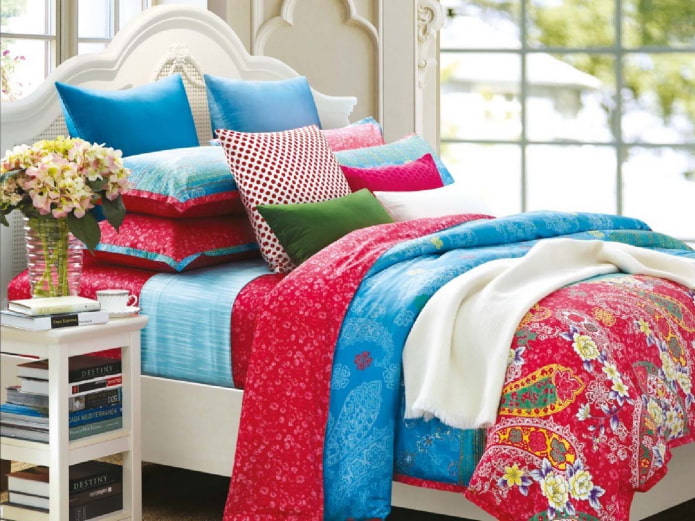
 10 practical tips for arranging a small kitchen in the country
10 practical tips for arranging a small kitchen in the country
 12 simple ideas for a small garden that will make it visually spacious
12 simple ideas for a small garden that will make it visually spacious
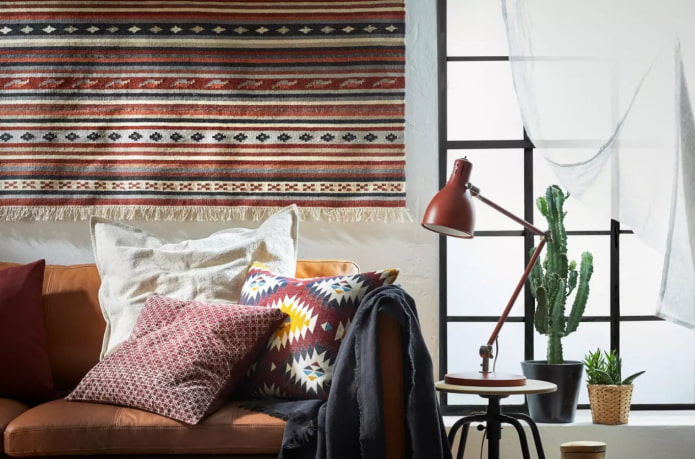
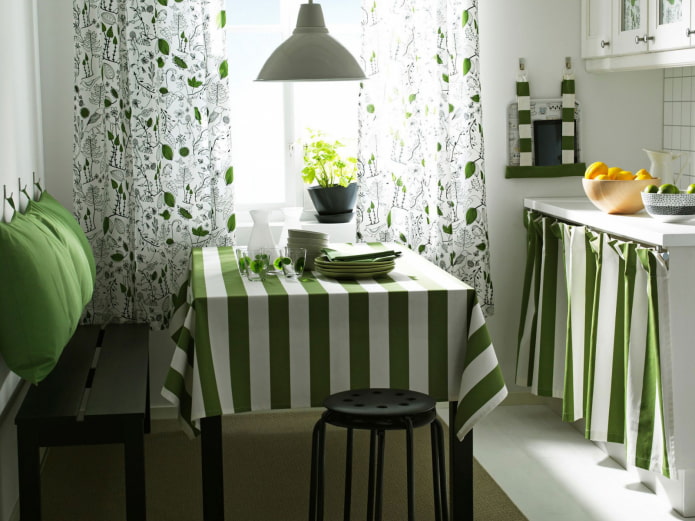
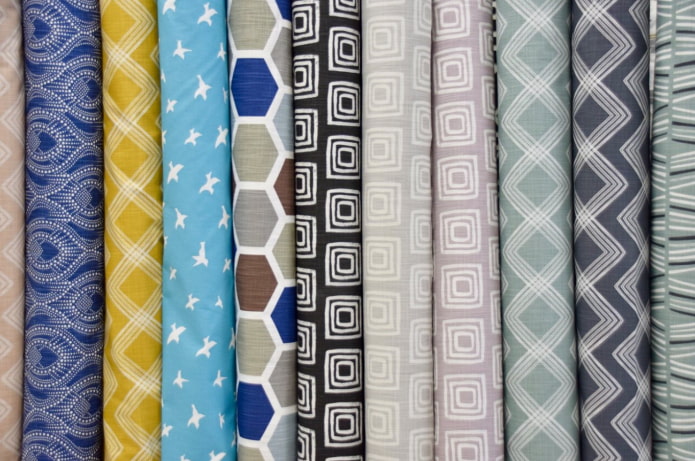
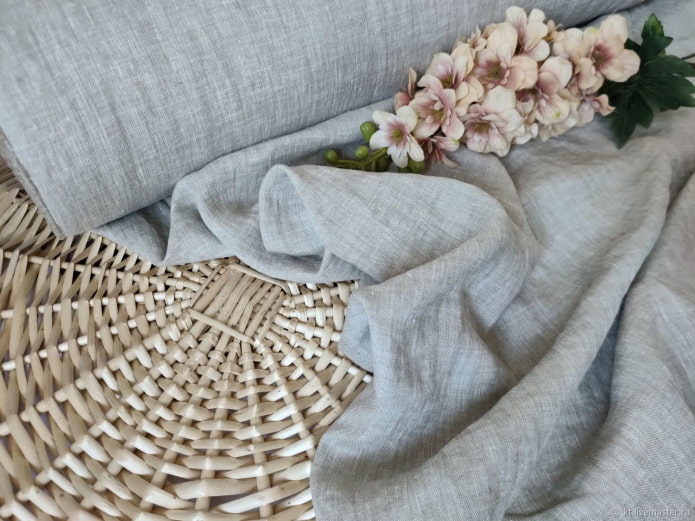
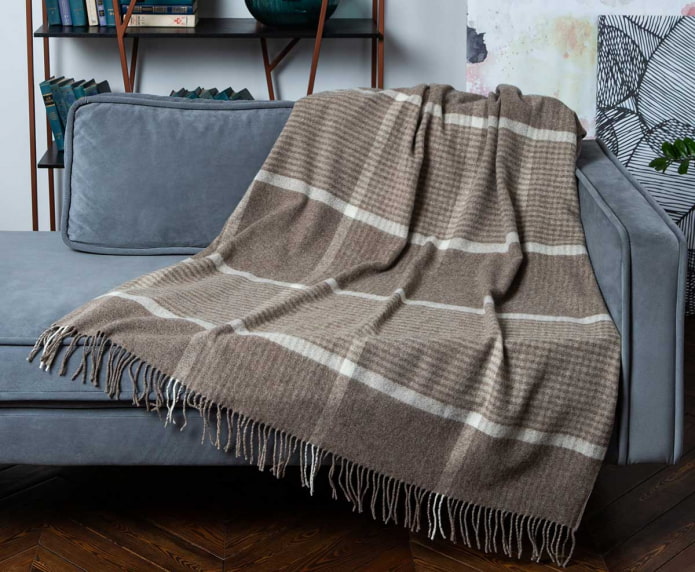
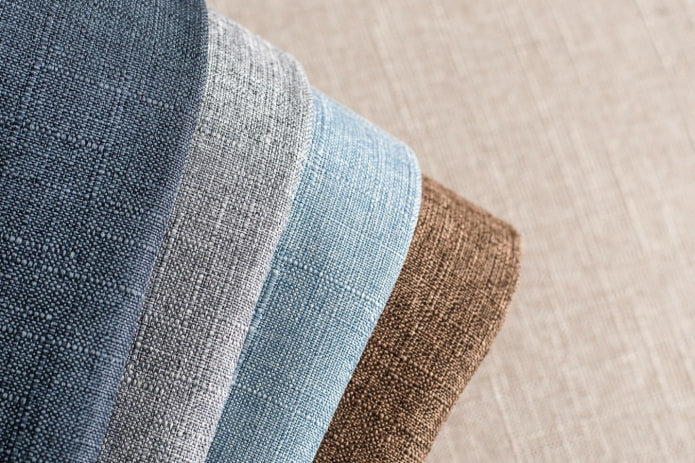
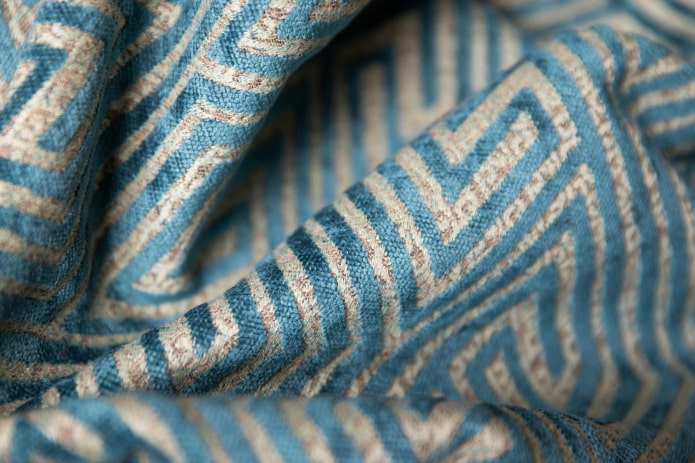
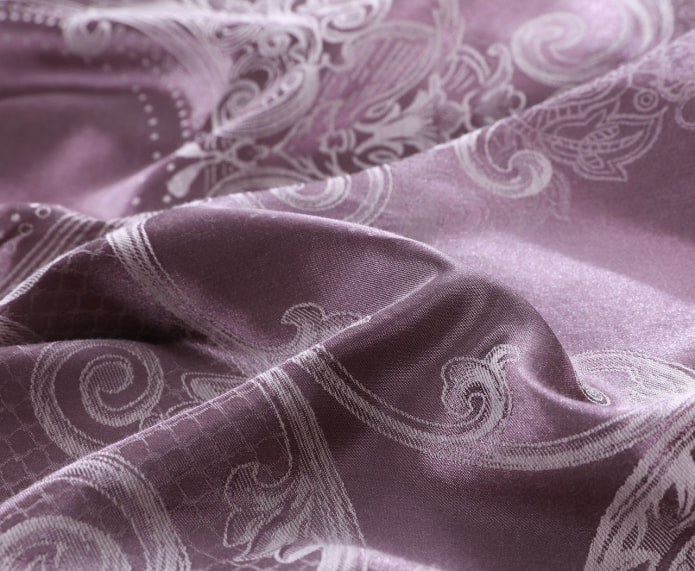
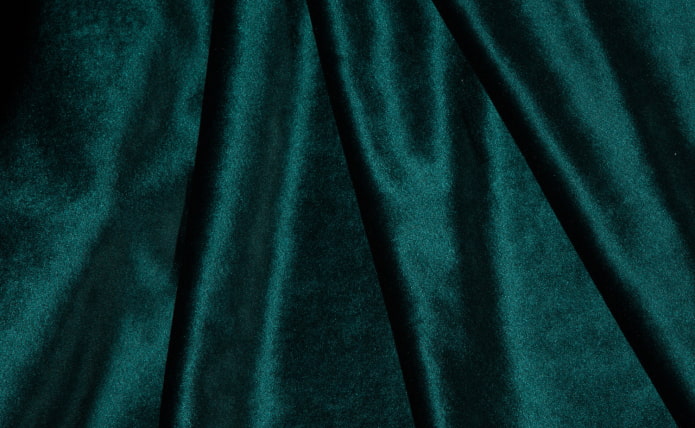



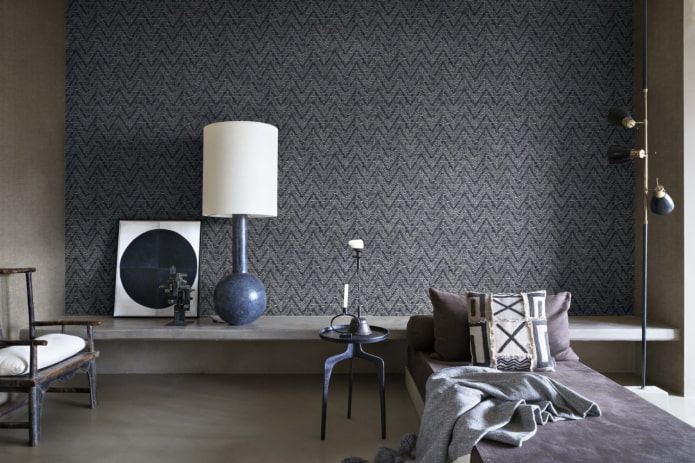
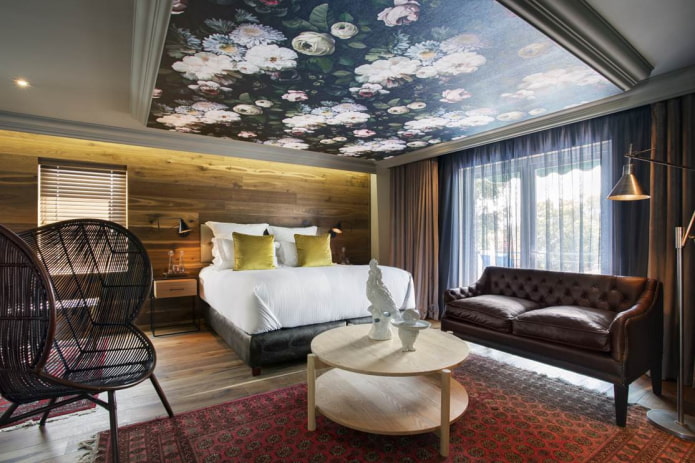
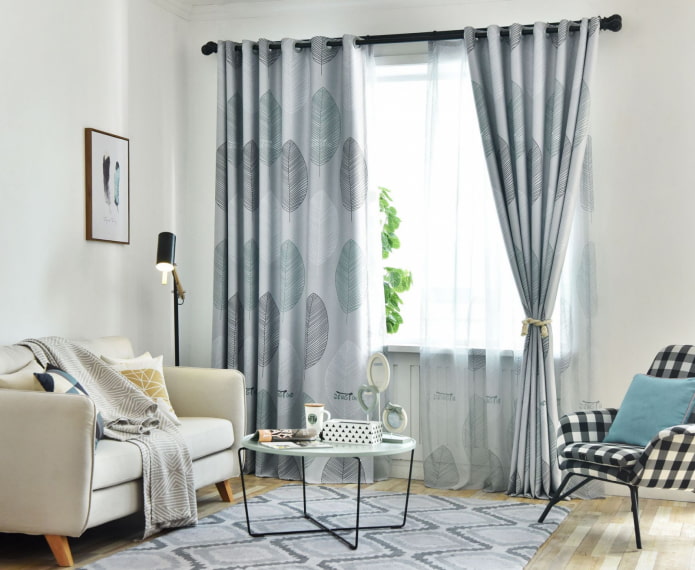

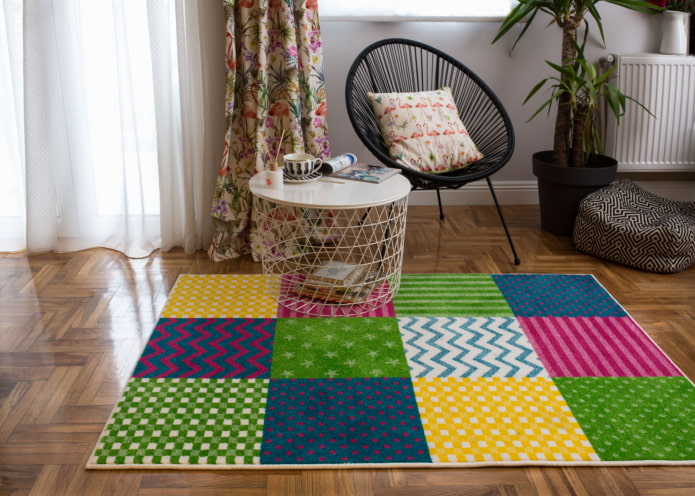


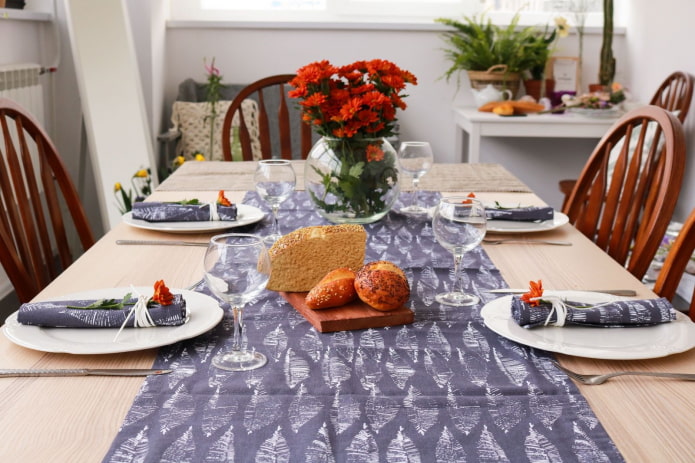
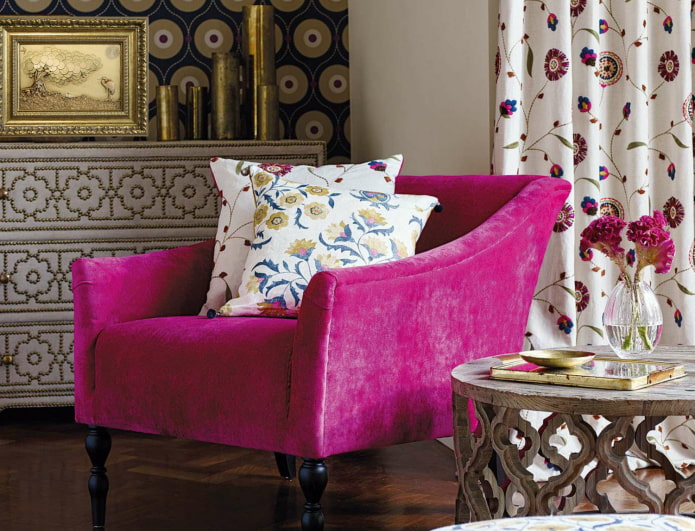

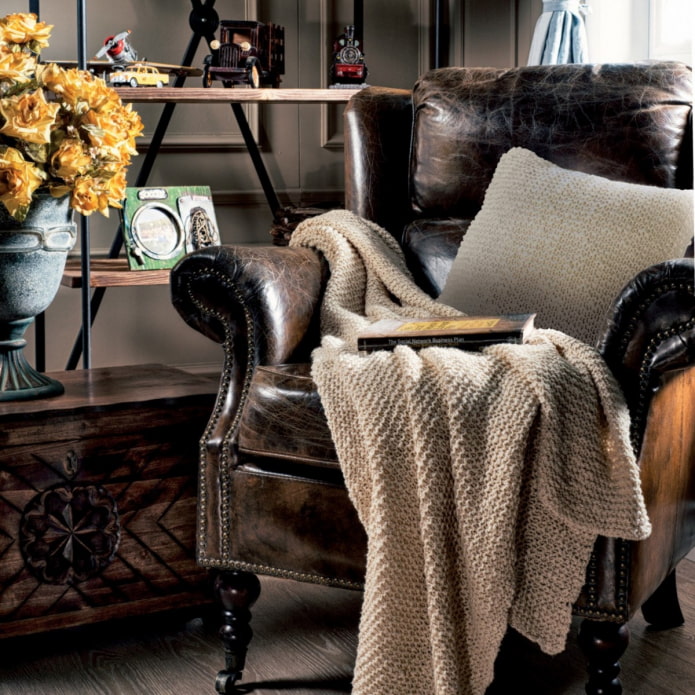

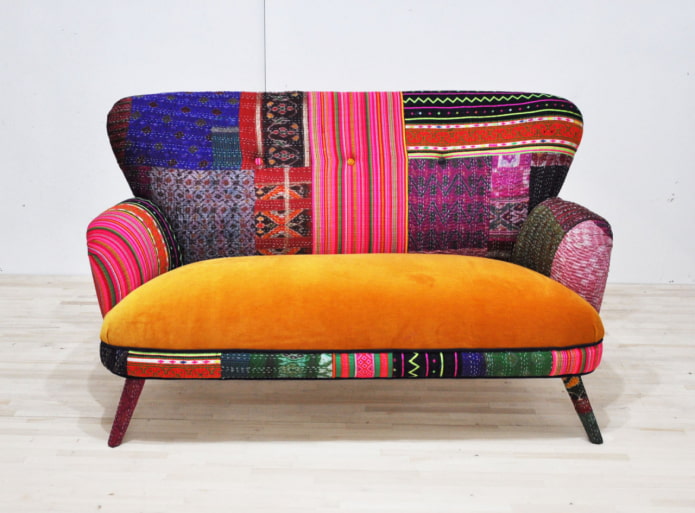
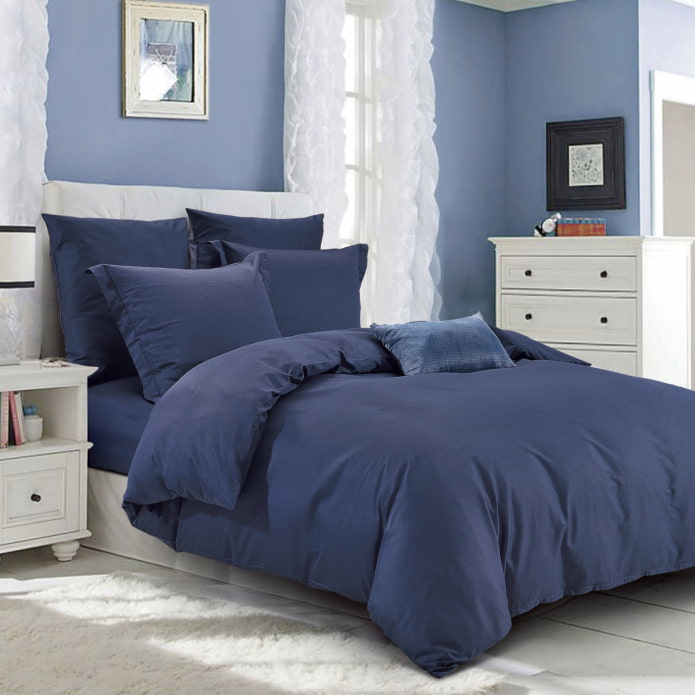
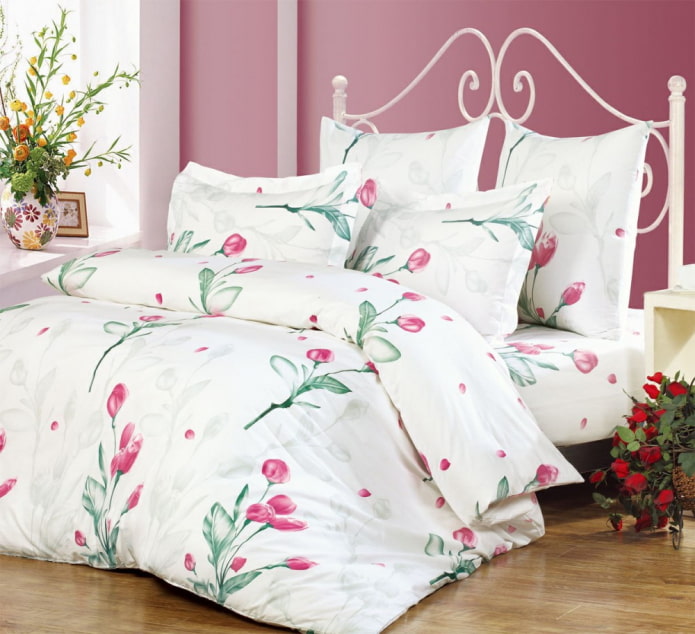
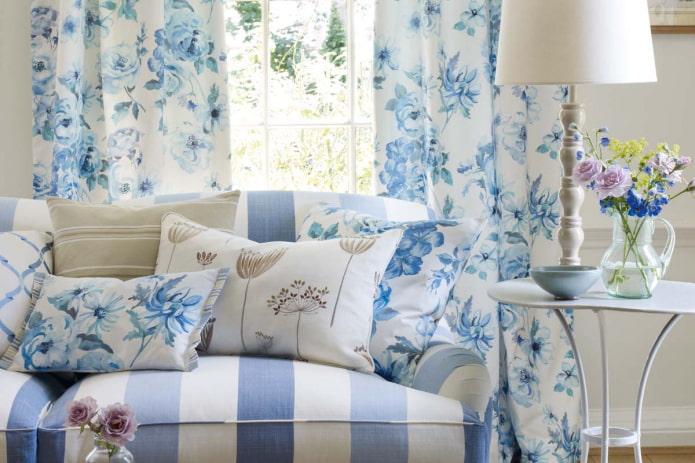
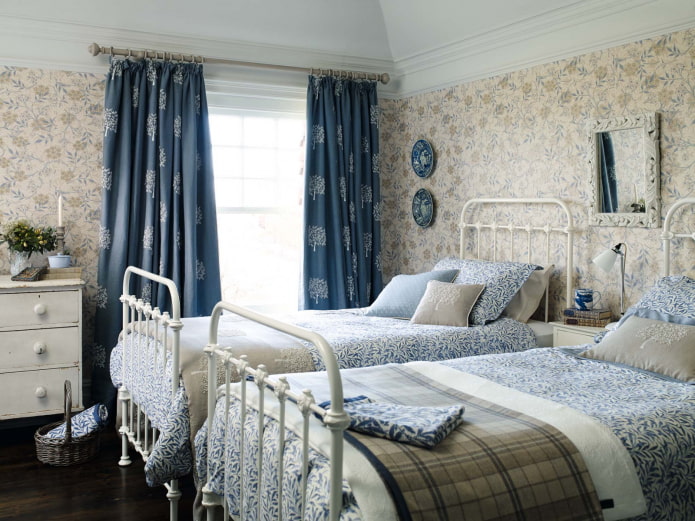
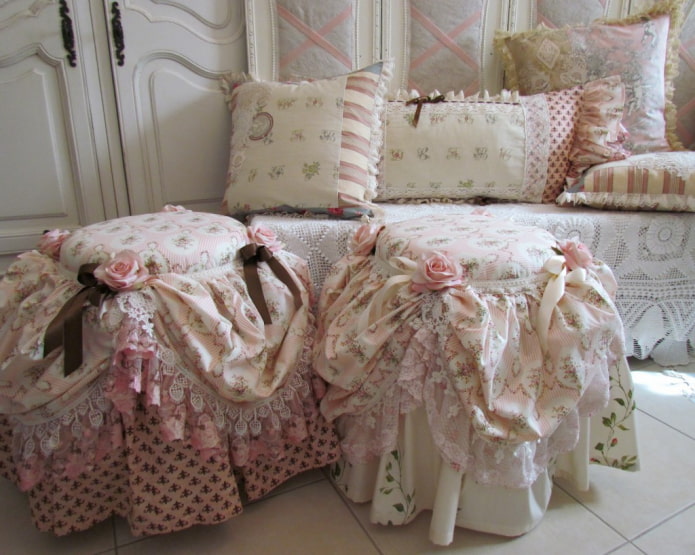

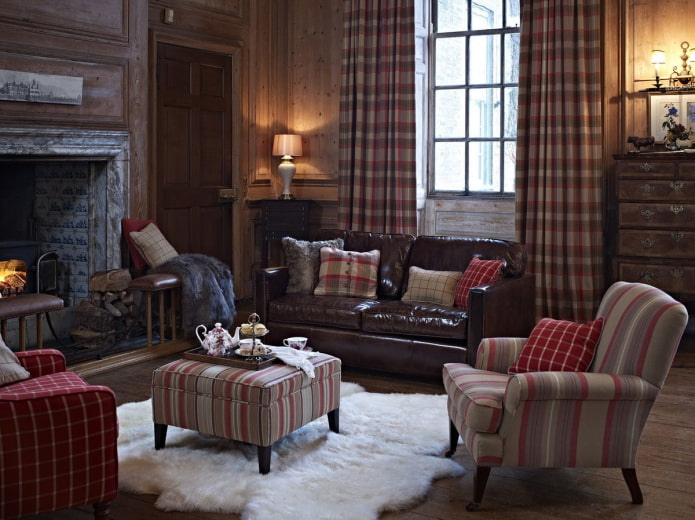
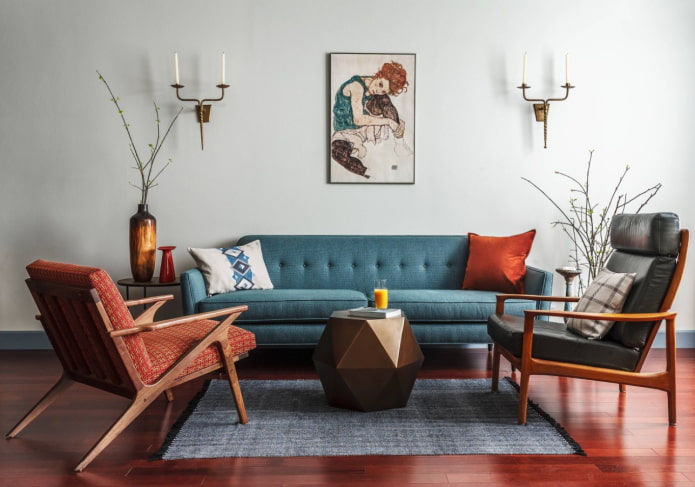
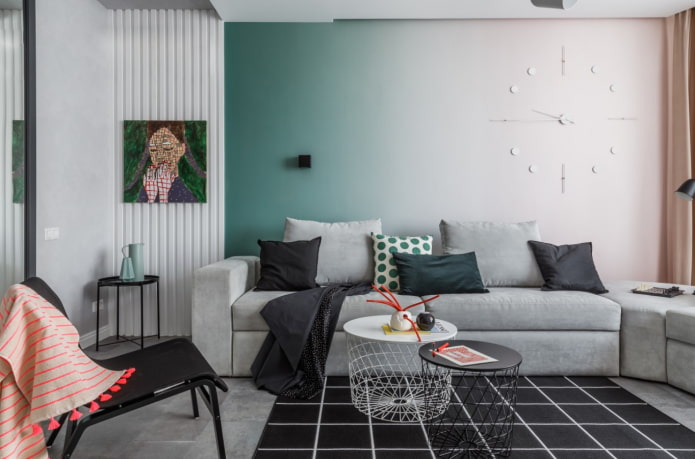
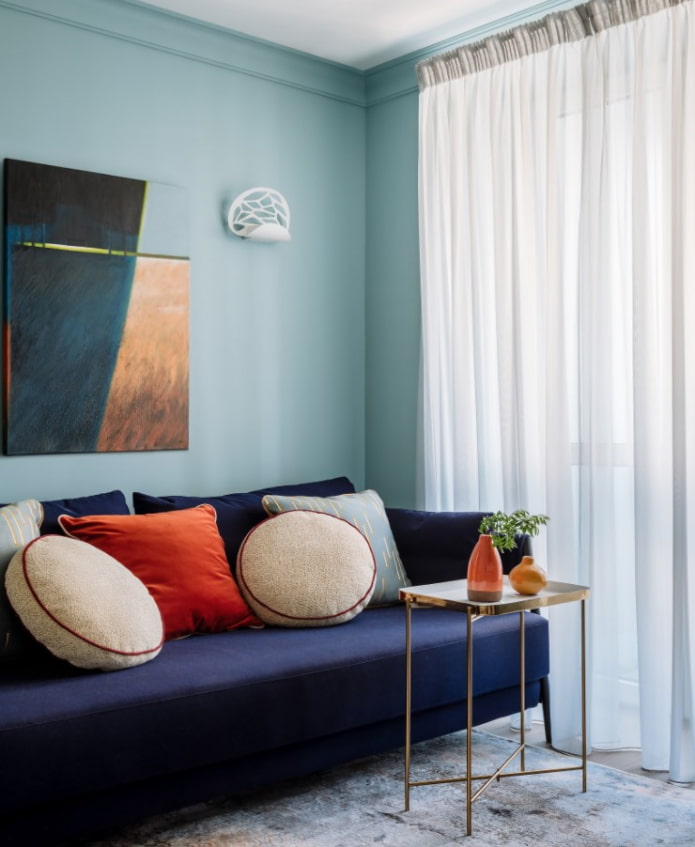

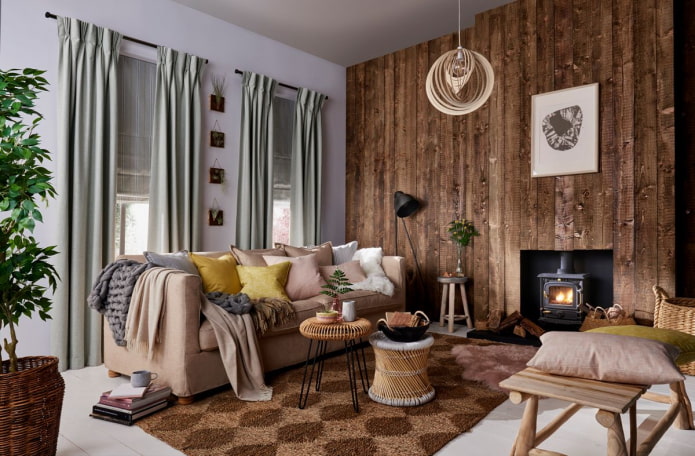
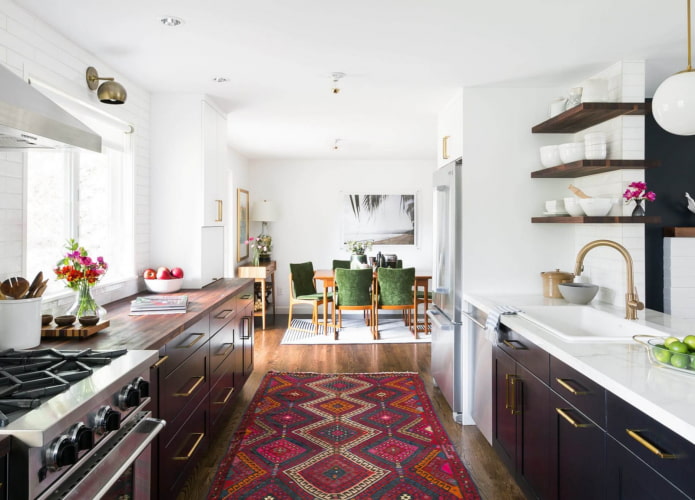
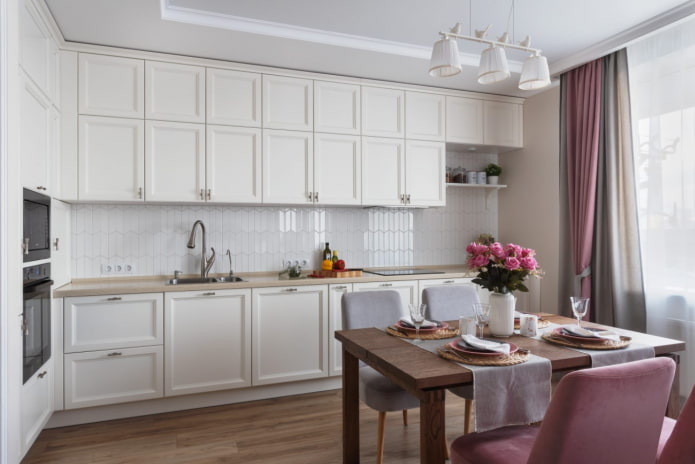
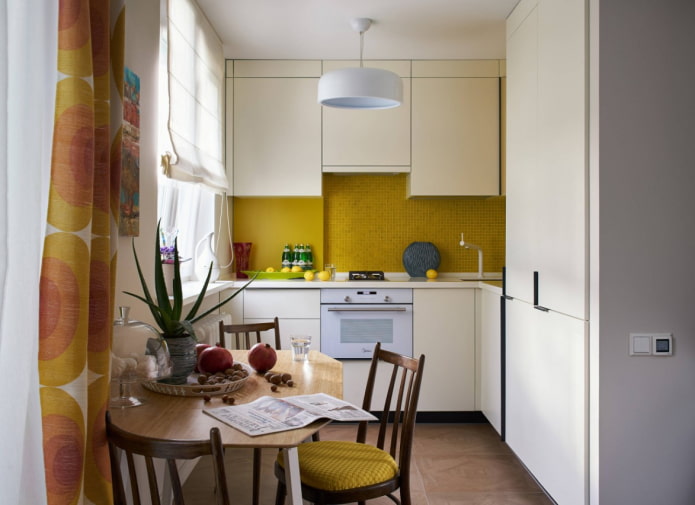
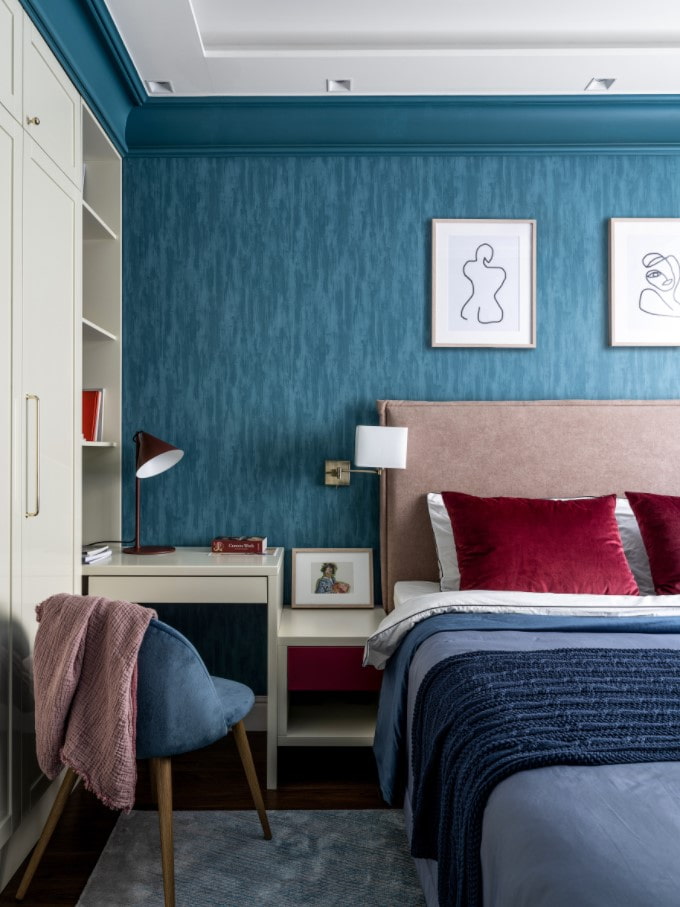
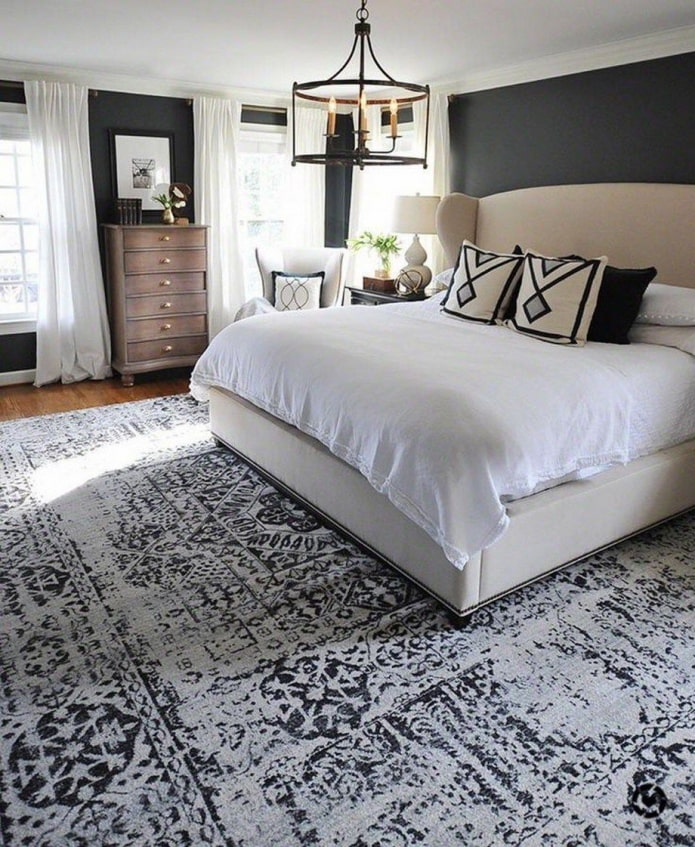
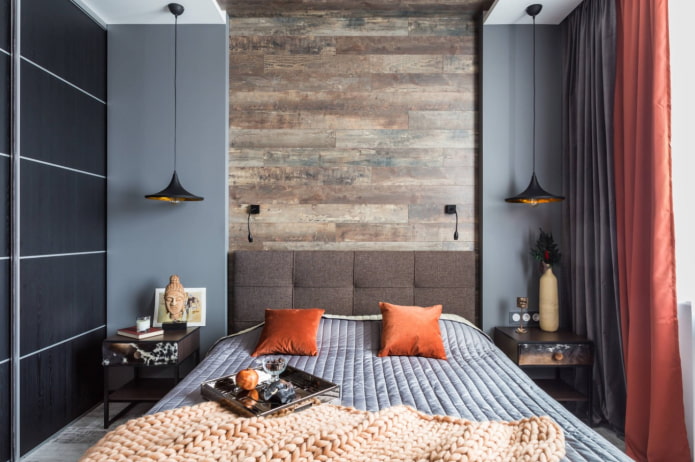
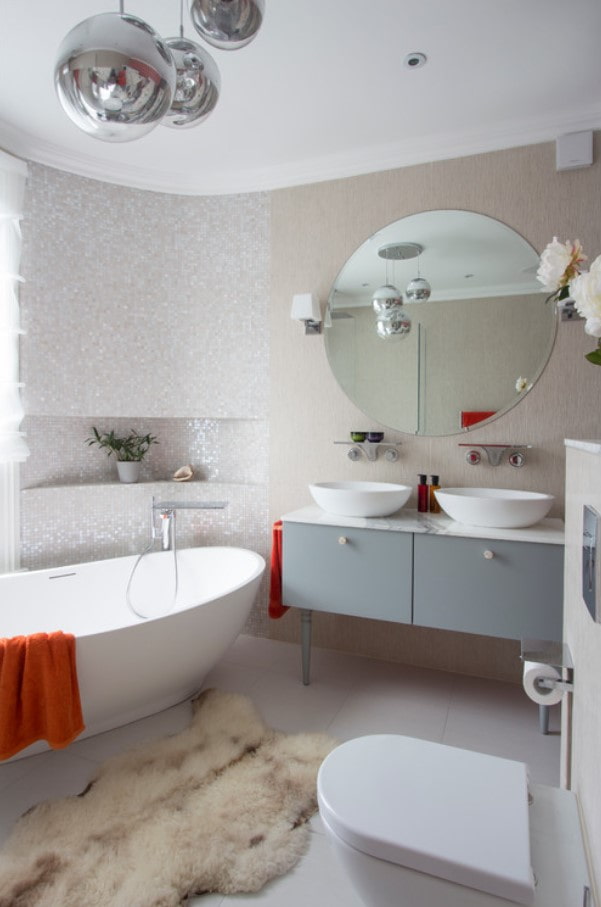

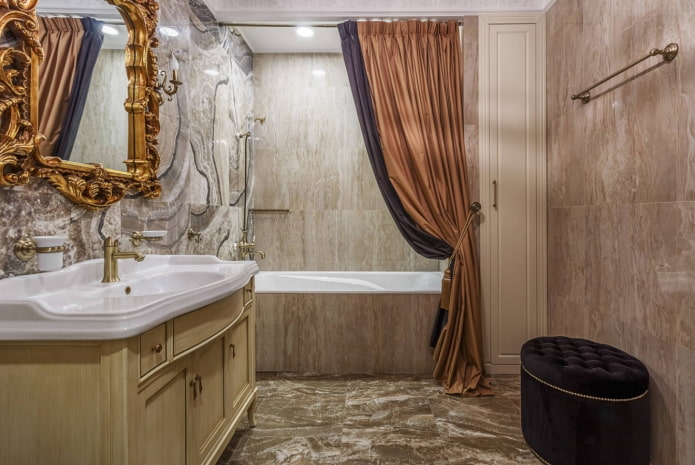
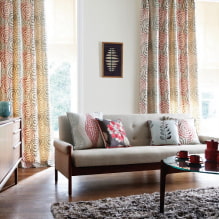
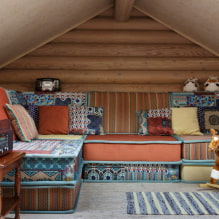
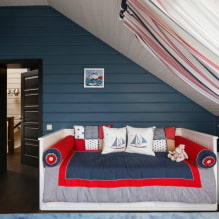
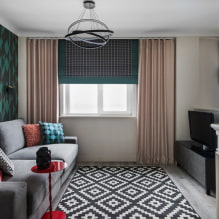
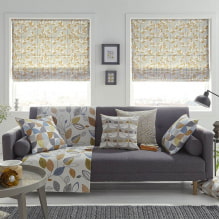

 13 bad habits a good housewife shouldn't have
13 bad habits a good housewife shouldn't have 24/7 home cleanliness - 4 secrets for the perfect housewife
24/7 home cleanliness - 4 secrets for the perfect housewife 6 hotels in Sochi that will give odds to the promoted foreign hotels
6 hotels in Sochi that will give odds to the promoted foreign hotels Top 10 interior design trends 2020
Top 10 interior design trends 2020 Rating of cheap TVs with Smart-TV
Rating of cheap TVs with Smart-TV New Year's LED garlands on AliExpress - we disassemble while it's hot, so that it's bright at home
New Year's LED garlands on AliExpress - we disassemble while it's hot, so that it's bright at home